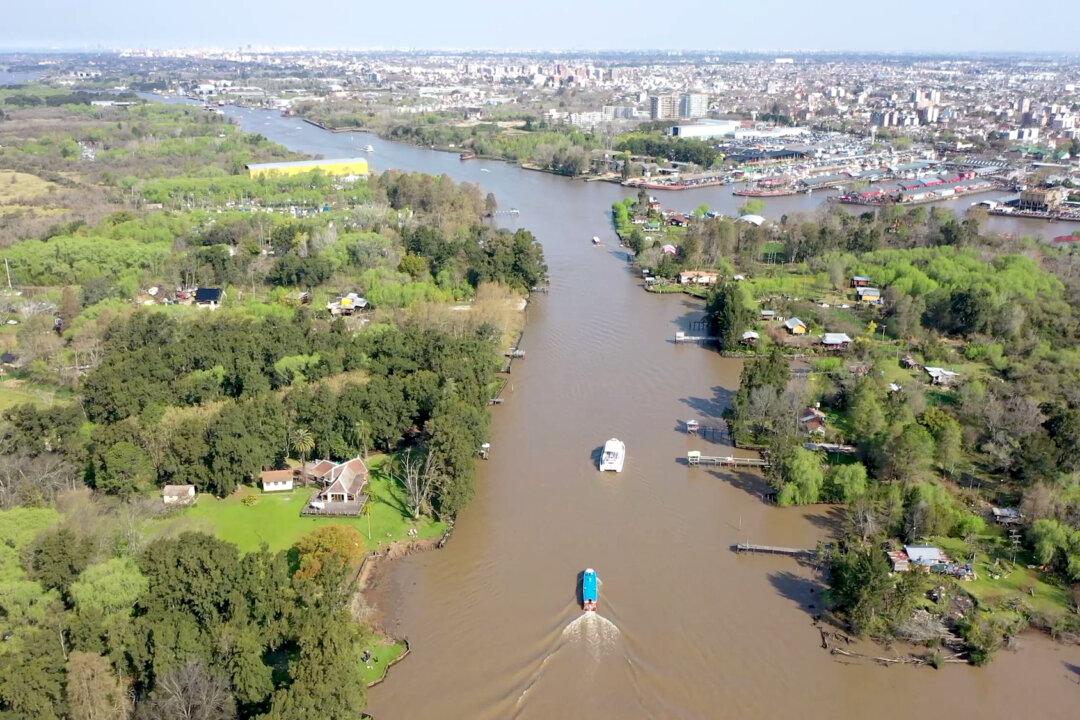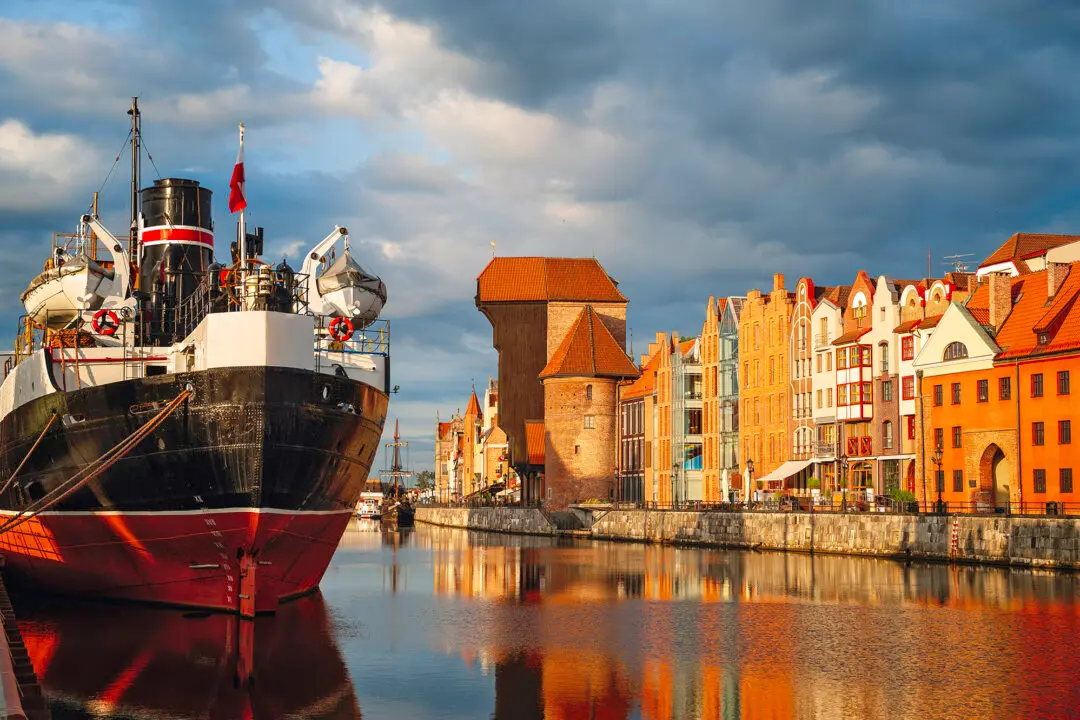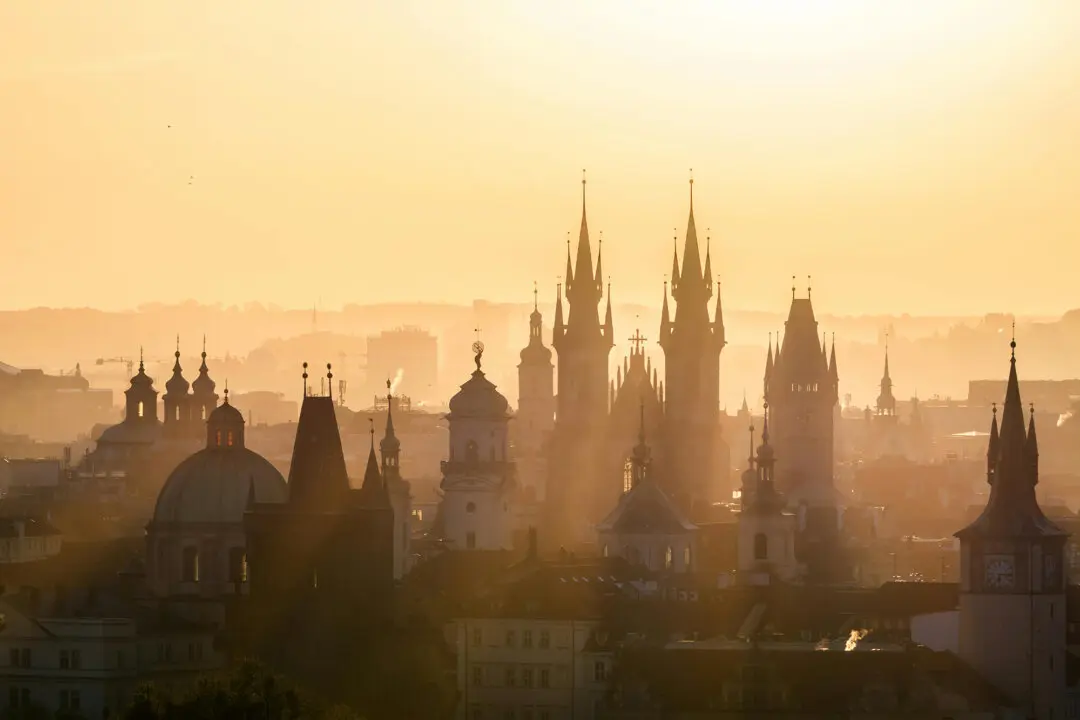Just a few miles away from the Paraná Delta, one of the largest cities in South America was suffering under a sweltering heat wave. Even in Palermo Hollywood and Recoleta, urban enclaves famed for their wealth and style, the air under their spreading trees was so hot, it was as if it had been blown straight out of an oven. Above, exterior air conditioners, pushed to their absolute max, dripped rain-like residue on unsuspecting passerby beneath. Below, the sidewalk blocks felt like searing coals, made white-hot in an all-day blaze.
But here on the edge of Buenos Aires, seated atop a double-decker boat floating lazily down a canal, I was a world away. A group of teens leapt from a dock into the water, screaming as they splashed around, then swam back to do it all over again. Couples sat on comfortable-looking deck chairs, a bottle of Mendoza’s finest between them. It was late morning, and the brunch crowds had begun to gather at the handful of restaurants along the way, pulling up to tables that they might just occupy all day long.





